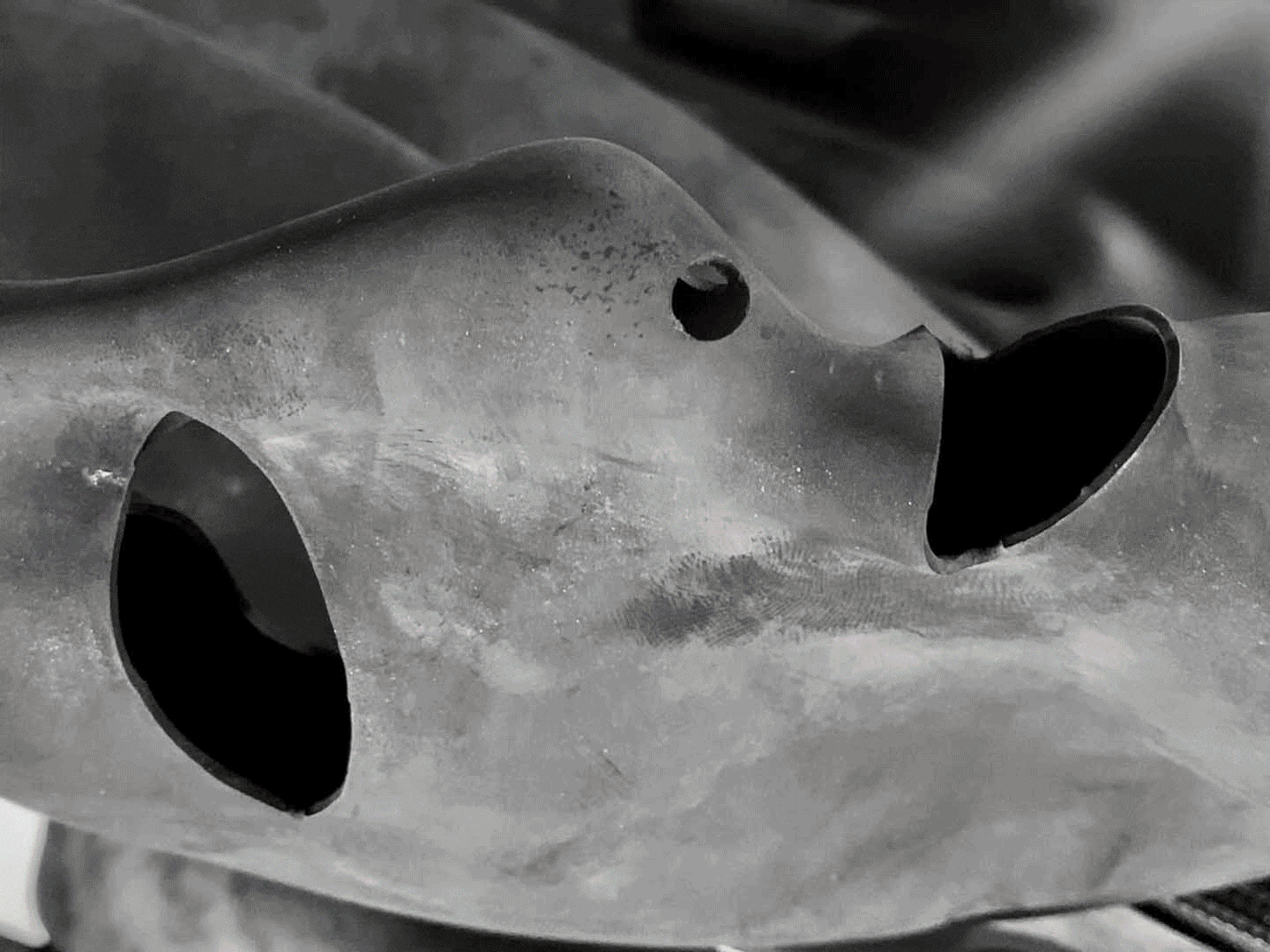Touch of Joy
Exercises in Imagination
March 31–April 12, 2014
Istituto Svizzero di Roma
Via Ludovisi 48
00187 Rome
T +39 06 42042620
arte@istitutosvizzero.it
www.istitutosvizzero.it
Facebook
The Istituto Svizzero in Rome is pleased to host the workshop Touch of Joy conceived by Berlin-based artist Peter Friedl as part of Studio Roma – Transdisciplinary Program on the Contemporary.
Crises are not a 21st-century invention: 1816, for example, was the “Year without a Summer,” when temperatures fell drastically in many parts of Europe and North America. Climate researchers later blamed the massive 1815 volcanic eruption of Mount Tambora on the island of Sumbawa in present-day Indonesia. In Bologna, an astrologist prophesized that the world would end on July 18, leading to riots and suicides. Due to the permanent bad weather, a group of young English poets sojourning near Lake Geneva gave up on going outside. They decided to write ghost stories and read them aloud to one another. Mary Shelley created Frankenstein, or The Modern Prometheus. Lord Byron, who had rented the Villa Diodati, wrote the poems “Darkness” and “The Dream,” in which he questions the nature of dreams.
We know about the career of nightly dream activity from romanticism through modernism in art, culture, and science. One of the first to problematize the dream text was arguably Gérard de Nerval. For psychoanalysis, which arose at exactly the same time as cinema, the dream became a language requiring decoding, and like every interpretation, it reduced what was interpreted. The surrealists largely ignored the difference between dream and dream text. In “Dream Kitsch” (1925), Walter Benjamin’s first published commentary on Surrealism, the archaeologist of modernity clear-sightedly declared, “Dreaming has a share in history.” The path to the dreaming collective was hereby sketched out. In deliberate distinction from Sigmund Freud, French philosopher and epistemologist Gaston Bachelard placed reverie opposite dream. His gay, poetic science revolved around the border realms of rationality and their availability through images. The dark side of history can be found in Charlotte Beradt’s anthology from the 1930s, first published many years later: In The Third Reich of Dreams, dreams become historical documents.
The neglected little brother of the nighttime dream is the daydream. Its biotope can be found in modernity’s backyards and unspectacular niches. Daydreams are both means of subversion and subordination; they remind us of our freedom and confinement under given circumstances. Daydreams belong to those forms of “doing nothing” that compose the everyday world of the uneventful. As a reference point for their examination, we can use the question asked by German sociologist Georg Simmel in 1908: “How is society possible?”
What are the politics of dreaming and daydreaming? How can we talk about imagination today, and how can we learn to use it? And finally, how much pleasure and knowledge is possible beyond academic capitalism and self-reflexive routine? These are some of the questions to be addressed in various formats in Touch of Joy—the phrase is from Byron’s dream poem—a two-week program at the Istituto Svizzero in Rome including presentations, lectures, readings, debates, free association, film screenings, as well as field research and site visits in Rome and Sabaudia. The common denominator is an interest in imagination; its history, myths, and methods.
Featuring Marco Avena and Eleonora Planera (psychologists), Billy Ehn (ethnologist, Professor Emeritus of Culture and Media Studies, Umeå University), Jean-François Chevrier (art historian, curator, Professor of the History of Contemporary Art, École nationale supérieure des beaux-arts, Paris), Tonino De Bernardi (filmmaker), Gianluca and Massimiliano De Serio (filmmakers), Angelo Del Boca (historian), Elena Esposito (Associate Professor of Sociology of Communication, University of Modena and Reggio Emilia), Peter Friedl (artist), Mia Fuller (Associate Professor of Italian Studies, University of California, Berkeley), and Karen Pinkus (Professor of Italian and Comparative Literature, Cornell University, New York City).
Screenings will include films by Michelangelo Antonioni, Maya Deren, Haile Gerima, Yervant Gianikian and Angela Ricci Lucchi, Jia Zhangke, Buster Keaton, Satoshi Kon, Akira Kurosawa, Richard Linklater, Edwin S. Porter, Hans Richter, among others.
Detailed program: www.studioroma.istitutosvizzero.it
Daydream Factory is now online at www.daydreamfactory.istitutosvizzero.it
All events are free and open to the public.
Press contact: media@istitutosvizzero.it




